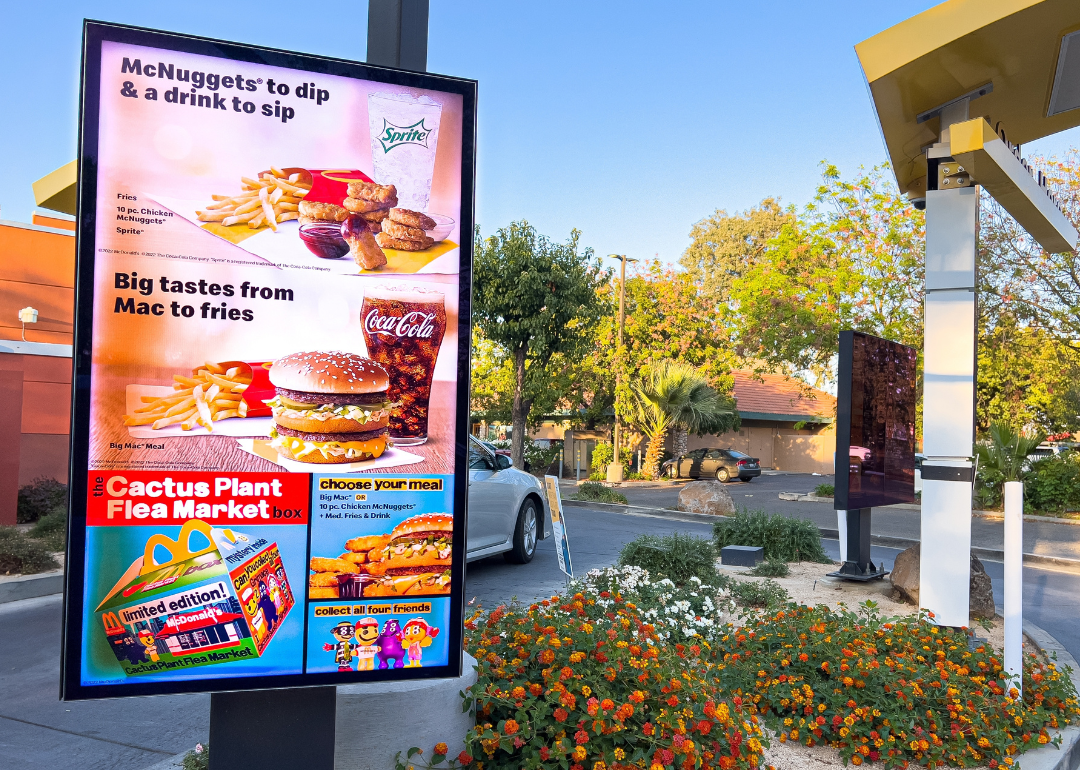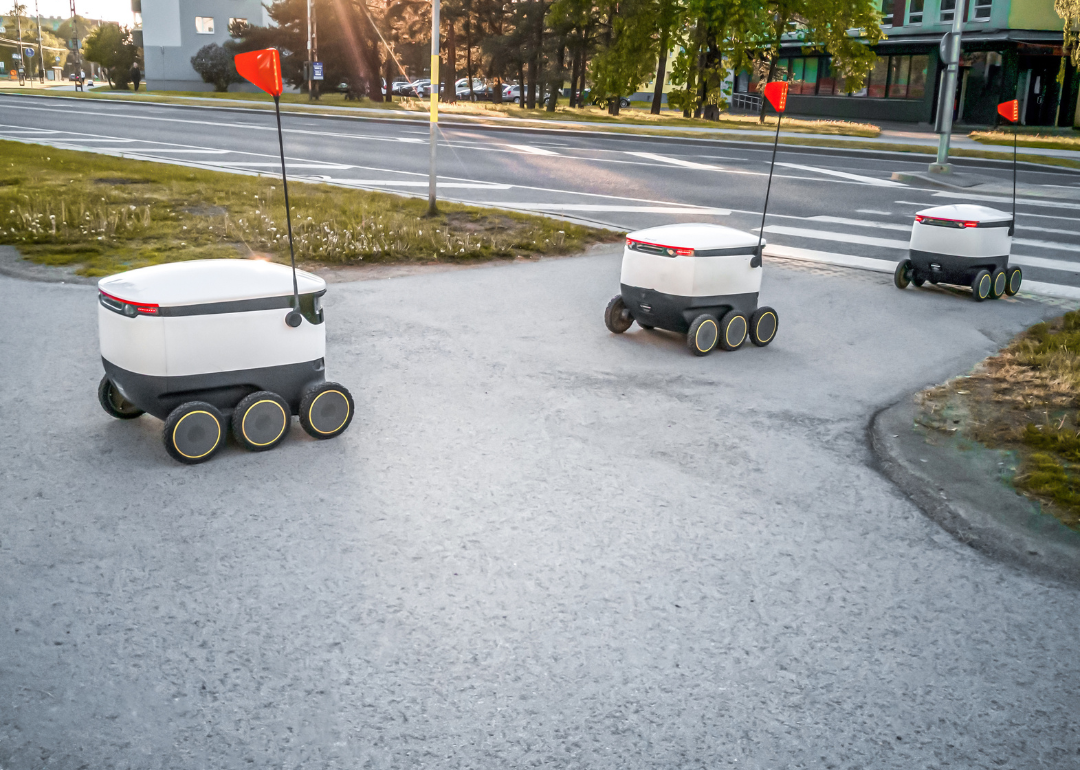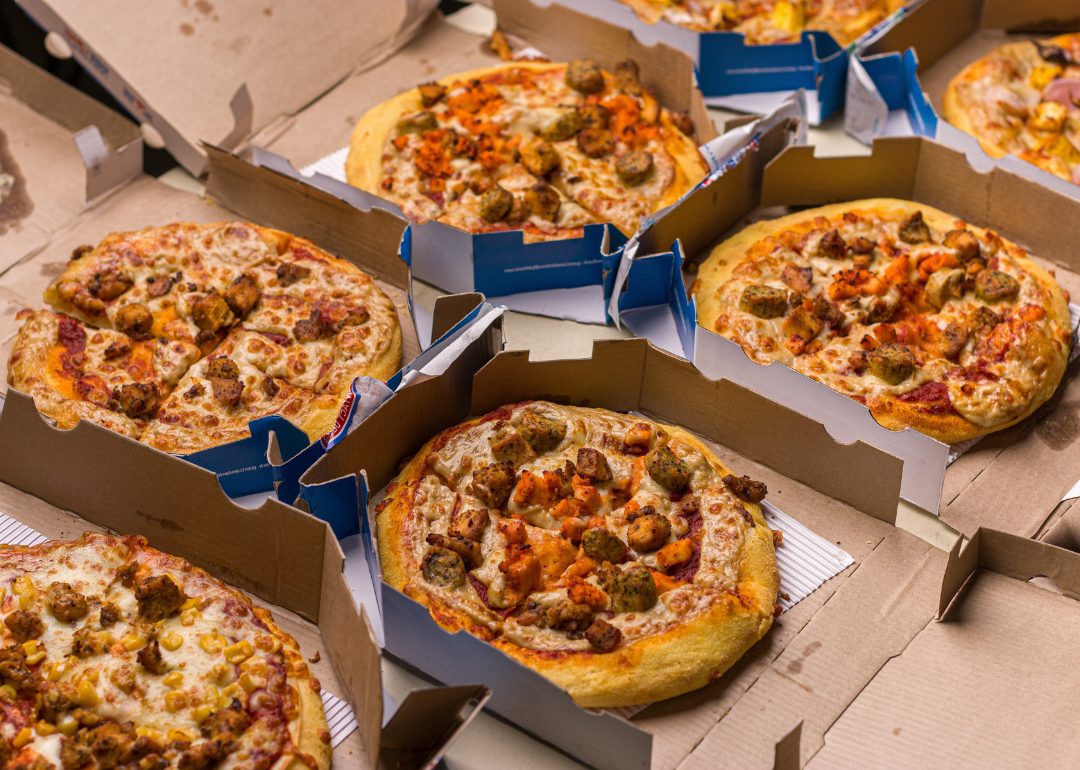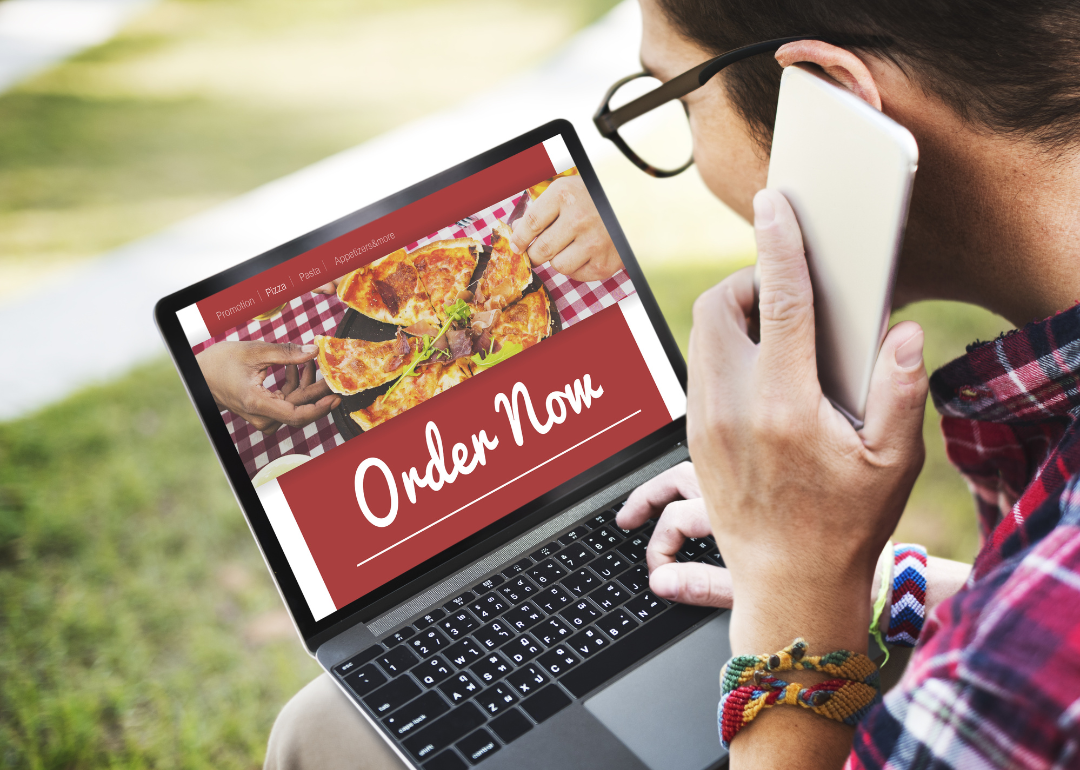With the advent of artificial intelligence, the McJob could become a relic of the past. Restaurants that struggled to get staff and supplies during the COVID-19 pandemic can now leverage new automation technologies to manage repetitive tasks that can make food prep faster.
Restaurants using automation are doing so through robotics and AI. Robotics are actual robots programmed to do either delivery or simple tasks in a kitchen, like making chips or emptying fry baskets.
Recommended Videos
Task Group analyzed credible news reports, earnings statements, and studies to demonstrate four ways companies are using artificial intelligence in the restaurant industry. While it’s yet to be seen if robots will be making your meals, these first strides show what’s possible with AI.
Check out the Florida Foodie podcast. You can find every episode in the media player below:
AI allows restaurants to automate some customer interactions, such as drive-thru and phone ordering. This can improve order accuracy and help some restaurants alleviate staffing shortages that came up during the pandemic.
Restaurants not only can use AI to predict orders so food prep is faster but to also help restaurant managers optimize several key tasks, including inventory control. AI can even anticipate the types and amounts of supplies that are needed, saving money and reducing food waste.
Find every episode of Florida Foodie on YouTube:

calimedia // Shutterstock
McDonald's wants to automate and predict your order
AI is nothing new to the Golden Arches. In 2019, the fast-food behemoth began investing in AI and machine learning technology to implement more automation and prediction into the ordering process. Customers who order inside the store can use touch-screen kiosks to place their orders.
In drive-thrus, its digital menu boards can adjust to feature items that are more popular at a certain time of day, in certain types of weather, or based on how much traffic the restaurant is having. As customers place their orders, the technology can make suggestions on potential items to add to the bill, automating the upselling process. More recent tests have added automated voice-ordering technology, personalized greetings, and customized recommendations via license plate recognition technology.

Don Huan // Shutterstock
Autonomous delivery robots are eager to replace delivery drivers
Labor shortages still play a big factor in the restaurant industry, and although more workers are being hired, there are still nearly 1.3 million unfilled job openings. Autonomous delivery robots have the potential to ease some of the pressure of these labor shortages by taking short deliveries the final mile.
Restaurateurs also don't have to worry about robots calling off due to bad weather or refusing to take deliveries, and although customers do pay delivery charges, they don't have to tip.
Delivery robots may even boost sales—Einstein Bros. Bagels at Missouri University of Science and Technology found its sales have increased by $4,000 a week since introducing robot delivery, with no substantial decrease in in-person dining.
Fixed-area college campuses are ideal for food delivery, and Grubhub uses robots for food delivery on several college campuses across the country. In 2022, Uber Eats started testing delivery robots along sidewalks in Miami and added another trial in Fairfax, Virginia, in April 2023.

sdx15 // Shutterstock
Domino's optimizes toppings
Domino's partnered with technology company Dragontail Systems to develop the DOM Pizza Checker, launched in Australia and New Zealand in 2019. The system used computer vision—cameras that take images and analyze them—to check the pizzas for quality before being sliced and delivered. Customers were able to receive images of their pizza ahead of delivery to ensure their order was correct.
Pizzas that weren't up to standards got remade, with the data logged to provide better training to workers. The system improved product quality by more than 15%, according to Domino's. In 2021, Yum! Brands, the parent company of Pizza Hut, bought Dragontail Systems, which seems to have signaled the end of DOM.

Rawpixel.com // Shutterstock
Virtual assistants take phone orders at Wingstop
If you call Wingstop to order chicken wings, you might talk with a bot. In March 2023, the restaurant chain started piloting its virtual assistants to take phone orders to free up employees' time to focus on cooking food and serving customers at stores. The technology aims to replicate a human conversation; through machine learning, it can even tailor customer recommendations.
Because the virtual assistants can take multiple orders simultaneously, Wingstop hopes the technology will cut down hold time for customers. The bots won't be taking over, though—customers can still choose to have a human take their order.
Data reporting by Dom DiFurio. Story editing by Jeff Inglis. Copy editing by Paris Close.
This story originally appeared on Task Group and was produced and distributed in partnership with Stacker Studio.